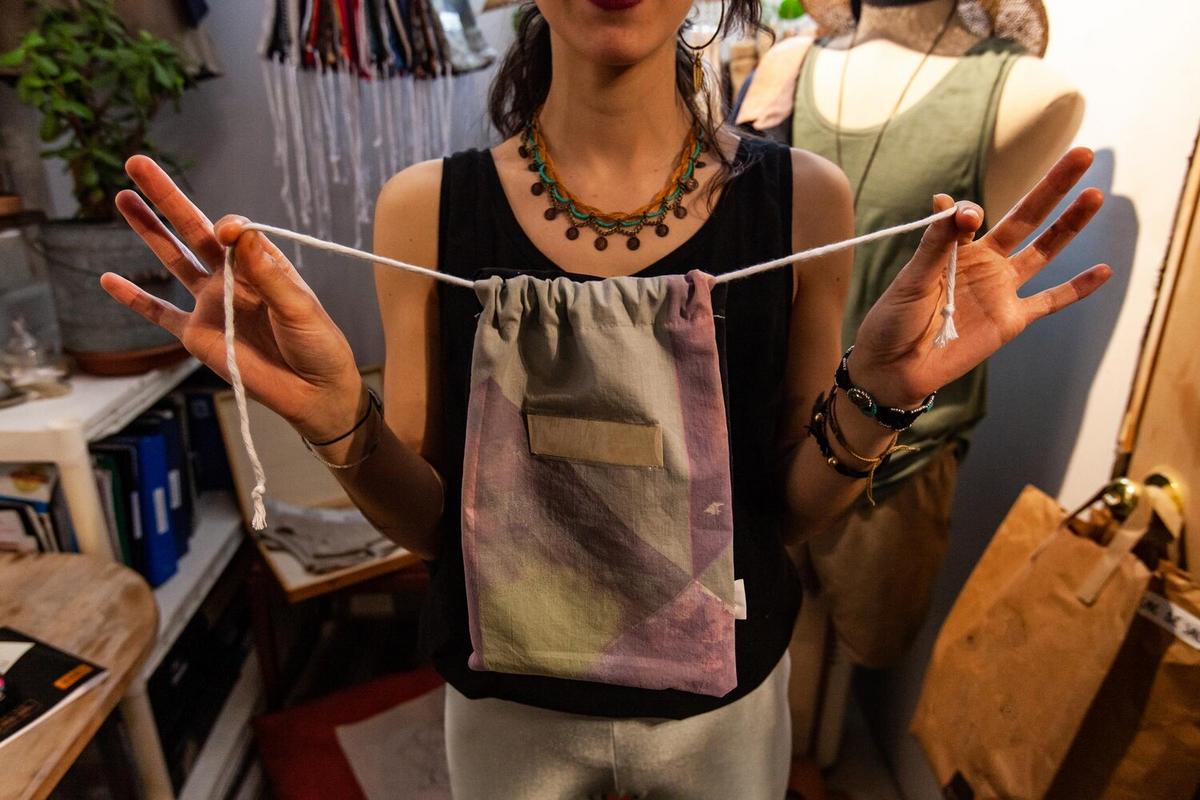
How to Transform Old Clothes into Stylish Accessories
Upcycling old clothes into stylish accessories is not just a creative endeavor but a sustainable choice that contributes to environmental conservation.
Fashion enthusiasts and eco-conscious individuals alike are turning to DIY projects that breathe new life into outdated garments. This trend is more than just a hobby; it’s a movement towards sustainability. According to the Environmental Protection Agency, textiles account for over 16 million tons of municipal solid waste annually, underscoring the need for innovative recycling methods. Transforming old clothes into stylish accessories provides a solution that is both chic and environmentally friendly.
Understanding the Impact
The fashion industry is a significant contributor to global pollution, responsible for about 10% of carbon emissions. By repurposing clothing, we can help reduce this environmental footprint. Emma Watson, a well-known advocate for sustainable fashion, emphasizes the importance of conscious clothing choices, saying, “The choices we make about what we wear are impactful.”
Getting Started: Assess Your Wardrobe
Begin by sorting through your wardrobe to identify pieces that no longer serve you. Look for items that are worn out, out of style, or simply not your taste anymore. This process not only declutters your space but also helps you see the potential in what might otherwise be discarded.
Creative Transformations
- Scarves from Shirts: Convert button-down shirts into chic scarves. Simply cut along the seams and hem the edges for a polished look.
- Denim Bags: Old jeans can be transformed into durable tote bags. Cut the legs off, sew the bottom closed, and add straps using the remaining fabric.
- Patchwork Pillows: Use different fabric pieces to create colorful pillow covers, adding a unique touch to your home decor.
Use fabric glue for a no-sew option when crafting accessories. This saves time and avoids the need for a sewing machine.
Accessorizing with a Personal Touch
Personal anecdotes often highlight the joy of seeing a once-forgotten piece become a new favorite. For instance, my friend Clara transformed an old skirt into a fashionable headband, receiving numerous compliments on her creativity. This not only saved money but also sparked a newfound passion for DIY fashion.
Tools and Materials
| Tool/Material | Purpose |
|---|---|
| Fabric Scissors | Cutting precise shapes |
| Sewing Kit | Stitching fabric pieces |
| Fabric Glue | Adhering materials without sewing |
| Measuring Tape | Ensuring accurate dimensions |
| Iron | Smoothing fabric |
| Buttons | Decorative and functional additions |
| Beads | Adding embellishments |
| Old Clothes | Base material for projects |
FAQs on Upcycling Clothes
What types of clothes are best for upcycling?
Clothes made from sturdy materials like denim or cotton are ideal for upcycling due to their durability.
Do I need advanced sewing skills?
No, basic skills are sufficient. Many projects can be completed with simple sewing or even fabric glue.
How can I make my accessories unique?
Incorporate personal touches like embroidery, patches, or unique buttons to set your creations apart.
Conclusion
Transforming old clothes into stylish accessories is a rewarding journey that combines creativity with sustainability. By engaging in these projects, you contribute to waste reduction and embrace a more eco-friendly lifestyle. Start exploring your wardrobe today and discover the endless possibilities of upcycling. Not only will you gain unique accessories, but you’ll also join a community dedicated to making a positive environmental impact.